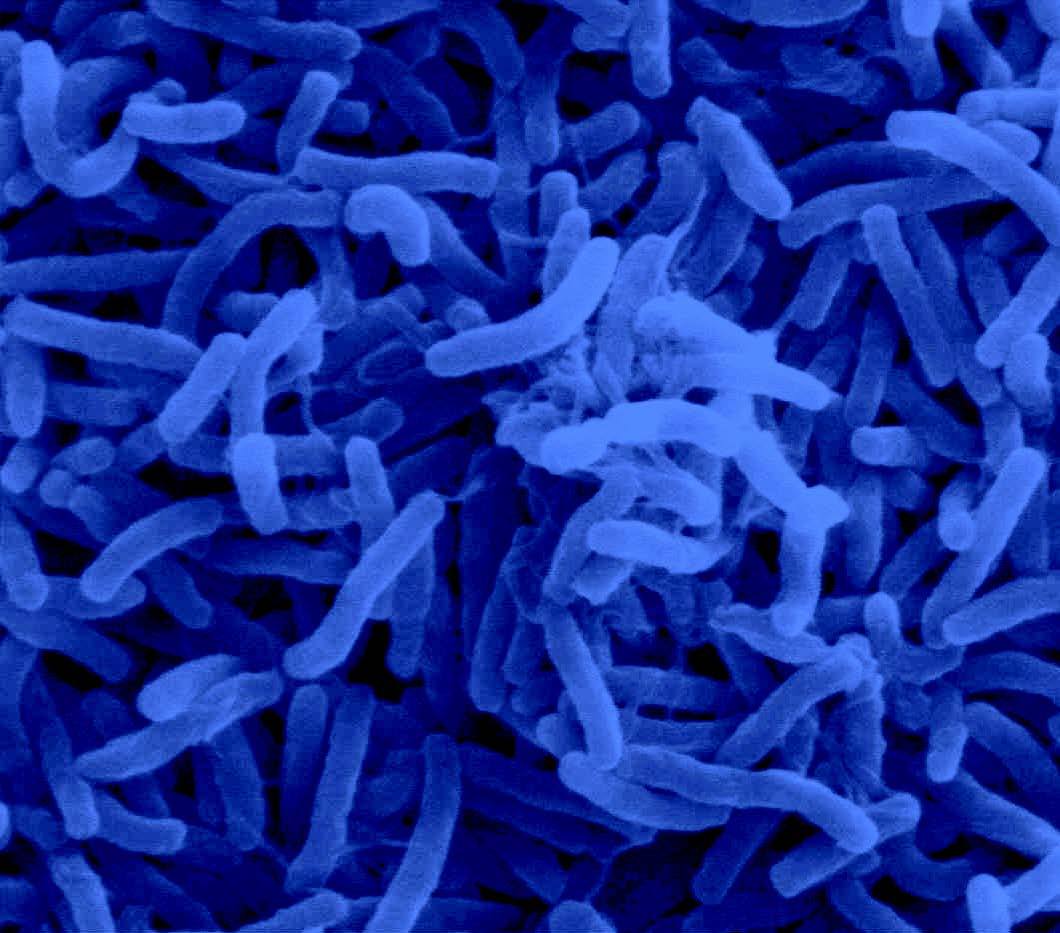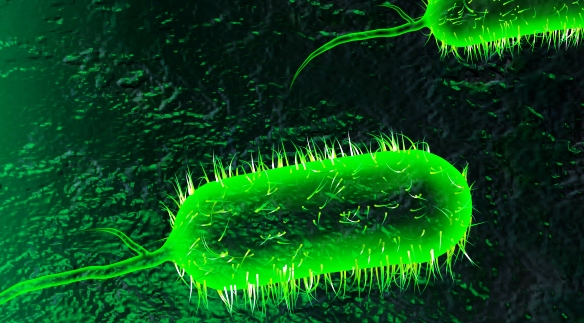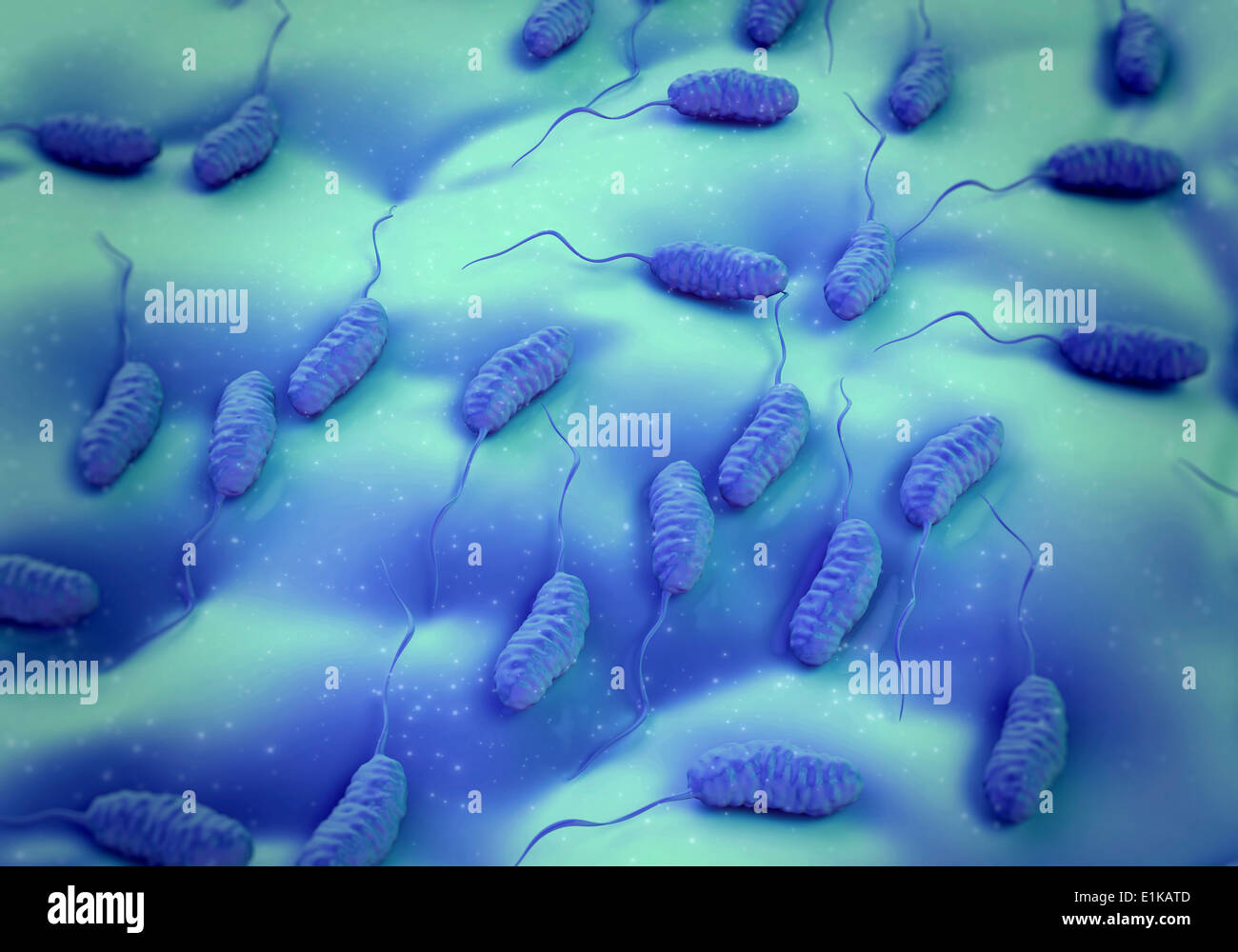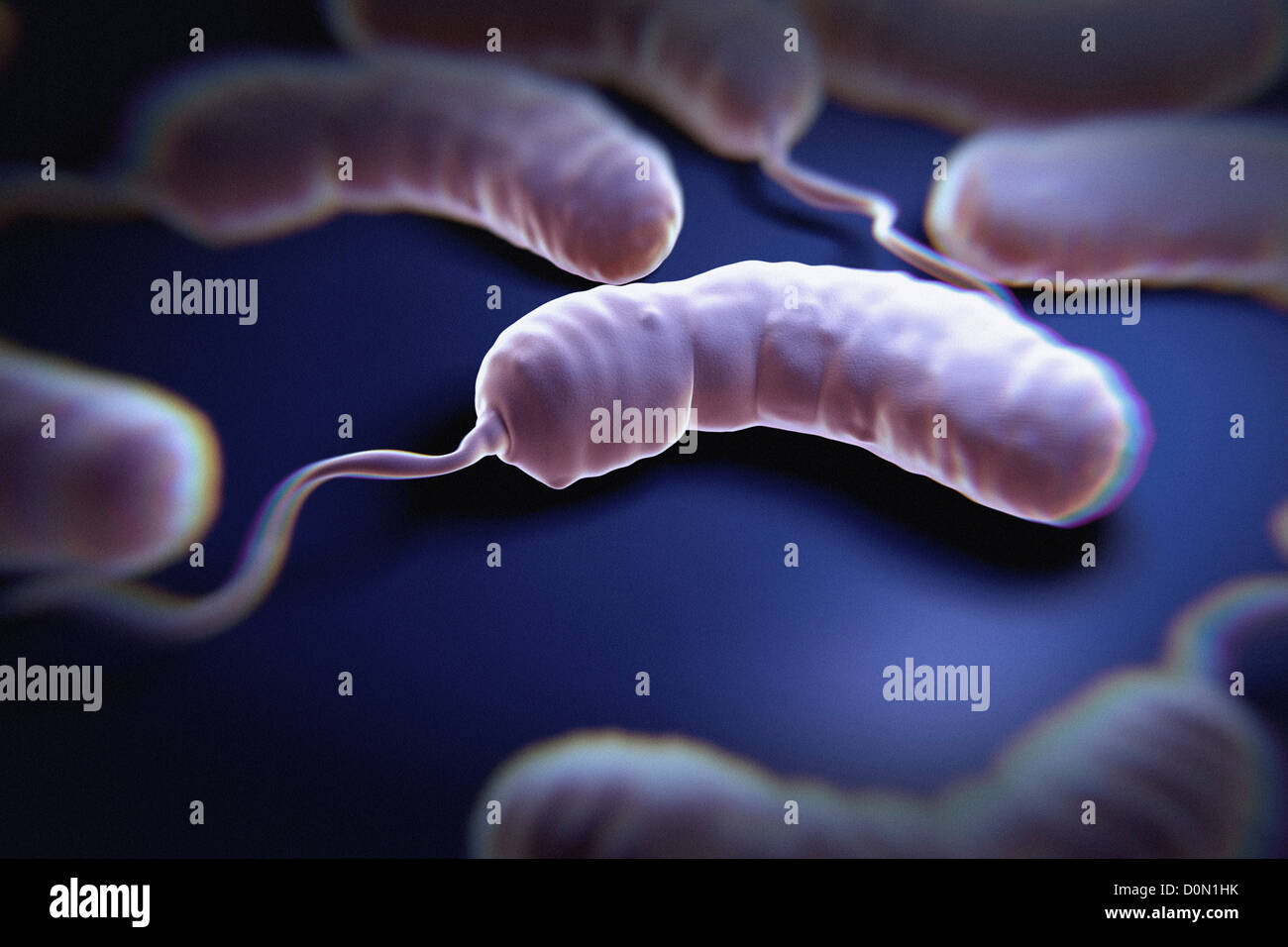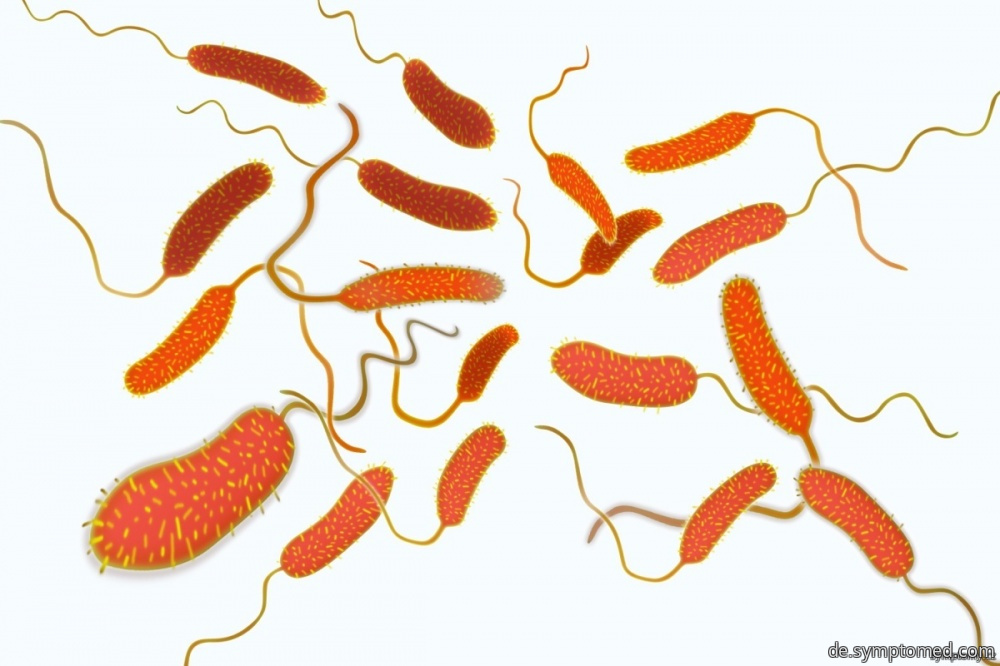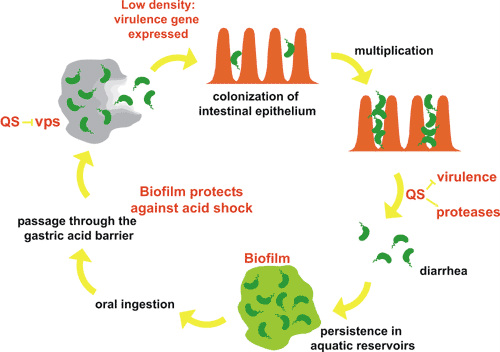Cholera and the Ecology of Vibrio cholerae [B. FREE shipping on qualifying offers. Only in recent years has it been revealed that V. cholerae is a normal inhabitant of esturine and riverine waters. cholerae is mostly known for its ability to produce the cholera toxin, encoded by the ctx gene, which is in turn regulated by ToxR (Sack et al. Vibrio cholerae nonO1O139 may also carry the T3SS genes, Ecology of Vibrio parahaemolyticus in Chesapeake Bay. Recent findings on molecular biology and ecology of Vibrio cholerae and clinical information of cholera are herein reviewed in perspective of the historical knowledge that is basic to epidemiology. During World War II, Japan released fleas infected with cholera and other pathogenic organisms over China as a biochemical agent (10). It is now well accepted that Vibrio cholerae, the causative agent of the waterborne disease cholera, is acquired from environmental sources where it persists between outbreaks of the disease. Recent advances in molecular technology have demonstrated that this bacterium can be detected in areas where it has not previously been isolated, indicating a much broader, global distribution of this. Toxigenic Vibrio cholerae is the etiological agent of cholera, an acute dehydrating diarrhea that occurs in epidemic form in many developing countries. Toxigenic Vibrio cholerae is the etiological agent of cholera, an acute dehydrating diarrhea that occurs in epidemic form in many developing countries. cholerae is a human pathogen, aquatic ecosystems are major habitats of Vibrio species, which includes both pathogenic and nonpathogenic. First isolated, cultured, and characterized by Robert Koch in Germany in 1883, the organism is a commashaped, flagellated, gramnegative bacterium, Vibrio cholerae. In fact, it was Kochs work on cholera the led the way to firmly establishing the germ theory of disease, and helped convince the medical community as to the microbial nature of this devastating clinical condition. The facultative human pathogen Vibrio cholerae can be isolated from estuarine and aquatic environments. cholerae is well recognized and extensively studied as the causative agent of the human intestinal disease cholera. In former centuries cholera was a permanent threat even to the highly developed populations of Europe, North America, and the northern part of Asia. ABSTRACT: The endemic and seasonal nature of cholera depends upon the survival of Vibrio cholerae 01 in a viable but not necessarily culturable state in ecologic niches in aquatic environments during interepidemic periods. To understand the ecology of V. cholerae it is necessary to know which aquatic ecosystems can harbor it and thus contribute to the endemic presence of cholera in Latin America. Vibrio cholerae is the bacteria that causes cholera; a potentially epidemic and lifethreatening secretory diarrhea characterised by numerous, voluminous watery stools, often accompanied by vomiting and resulting in hypovolemic shock and acidosis. John Snow and the cholera outbreak of 1854 with Mike Jay Medical London Duration: Presentation on Vibrio cholerae for University of Idaho ENVS 546. information on the epidemiology, genetics, and ecology of tox igenic V. cholerae and to propose a model for the seasonal pattern of cholera outbreaks and the emergence of new epi Until the late 1970s and early 1980s, Vibrio cholerae was believed to be highly hostadapted and incapable of surviving longer than a few hours or days outside the human intestine. This view, enunciated by Felsenfeld, 1 was that some authors claimed that cholera vibrios may survive in water. Vibrio cholerae, the causative agent of cholera belongs to a group of organisms whose natural habitats are the aquatic ecosystems. The strains that cause cholera epidemics have evolved from nonpathogenic progenitor strains by acquisition of virulence genes, and V. cholerae represents a paradigm for this evolutionary process. Cholera is caused by a number of types of Vibrio cholerae, with some types producing more severe disease than others. It is spread mostly by unsafe water and unsafe food that has been contaminated with human feces containing the bacteria. Undercooked seafood is a common source. Toxigenic Vibrio cholerae is the etiological agent of cholera, an acute dehydrating diarrhea that occurs in epidemic form in many developing countries. cholerae is a human pathogen, aquatic ecosystems are major habitats of Vibrio species, which includes both pathogenic and nonpathogenic strains that vary in their virulence gene content. cholera are agglutinated by O serogroup 1 antiserum but other vibrios, similar to V. cholera, which do not agglutinate with O serogroup 1 antiserum are called as nonagglutinating (NAG) Vibrio or noncholera vibrio (NCV) which are not of much medical importance. 6 The Ecology of Vibrio cholerae Rita R. INTRODUCTION Until the late 1970s and early 1980s, Vibrio cholerae was believed to be highly hostadapted and incapable of surviving longer than a few hours or days outside the human intestine. Vibrio cholerae, the causal agent of cholera, is a heterotrophic bacterium found in aquatic environments around the world. Although understanding the ecology of V. cholerae is still in its infancy, community interactions likely play a key role in determining its abundance and disease outbreaks. cholerae is a gramnegative, curved rodshaped, facultative anaerobe. It is highly motile by a single polar flagellum, and capable of both respiratory and fermentative metabolism. As the causative agent of cholera, the bacterium Vibrio cholerae represents an enormous public health burden, especially in developing countries around the world. Cholera is a selflimiting illness; however, antibiotics are commonly administered as part of the treatment regimen. Vibrio cholerae is a comma shaped Gramnegative 1 bacteria with a single, polar flagellum for movement. There are numerous strains of V. cholerae, some of which are pathogenic and some of which are not. The most wide sweeping pathogenic strain is the Vibrio cholerae serotype O1 El Tor N strain that causes the pandemic disease cholera. The causative agent of cholera, Vibrio cholerae, has been shown to be autochthonous to riverine, estuarine, and coastal waters along with its host, the copepod, a significant member of the zooplankton community. Temperature, salinity, rainfall and plankton have proven to be important factors in the ecology of V. cholerae, influencing the transmission of the disease in those regions of the. Cholera: Ecology Distribution of Vibrio cholerae Vibrio cholerae is indigenous to riverine, estuarine, and coastal waters. Copepods, a significant member of the zooplankton community, are also a common natural reservoir for Vibrio cholerae. The distribution of Vibrio cholerae has increased over the years. Examining the Genomic Sequence Vibrio cholerae, the causative agent of cholera, is a natural inhabitant of aquatic environments, but despite intensive efforts its ecology is still poorly understood. Colwell and colleagues [5 [7 showed that V. cholerae proliferates while attached to or associated with eukaryotic organisms, particularly copepods (Crustacea). Vibrio cholerae, the bacterium that causes cholera, is a fascinating microorganism that occupies two distinct habitats: aquatic environments and human intestines. Although its activity in human hosts has received a great deal of attention because of its effect on human health, the microbe's behavior in natural ecosystems has received much less. The occurrence of outbreaks of cholera in Africa in 1970 and in Latin America in 1991, mainly in coastal communities, and the appearance of the new serotype Vibrio cholerae O139 in India and subsequently in Bangladesh have stimulated efforts to understand environmental factors influencing the growth and geographic distribution of epidemic Vibrio cholerae serotypes. Only in recent years has it been revealed that V. cholerae is a normal inhabitant of esturine and riverine waters. This means that even if the disease can be eliminated from human population by vaccines etc. the vibrio will continue to survive independently in the environment. Cholera is an acute infectious disease caused by a bacterium, Vibrio cholerae (V. cholerae), which usually results in a painless, watery diarrhea in humans. Some affected individuals have copious amounts of diarrhea and develop dehydration so severe it can lead to death. Toxigenic Vibrio cholerae is the etiological agent of cholera, an acute dehydrating diarrhea that occurs in epidemic form in many developing countries. cholerae is a human pathogen, aquatic ecosystems are major habitats of Vibrio species, which includes both pathogenic and nonpathogenic strains that vary in their virulence gene content. cholerae belonging to the O1 and O139. Cholera and the Ecology of Vibrio cholerae. [B S Drasar; B D Forrest Only in recent years has it been revealed that V. cholerae is a normal inhabitant of esturine and riverine waters. This means that even if the disease can be eliminated from human population by. Only in recent years has it been revealed that V. cholerae is a normal inhabitant of esturine and riverine waters. the vibrio will continue to survive independently in the environment. Vibrio cholerae is a ubiquitous waterborne bacterium found commonly in estuarine environments (). cholerae is comprised of over 200 serotypes, only serotypes O1 and O139 are currently responsible for epidemic and pandemic cholera outbreaks (1, 9, 14, 15, 37, 49, 57, 60). Closely related clones of types O1 and O139 are found rarely in the environment and only in. Presence of Vibrio cholerae serogroups O1 and O139 in the waters of the rural area of Matlab, Bangladesh, was investigated with quantitative measurements performed with a portable flow cytometer. The relevance of this work relates to the testing of a fieldadapted measurement protocol that might prove useful for cholera epidemic surveillance and for validation of mathematical models. A research about Cholera disease by students at the faculty of medicine Ain Shams University the department of medical biochemistry and molecular biology Expression of Vibrio cholerae Virulence Genes in Response to Environmental Signals The O1 serogroup of V. cholerae is responsible for pandemic cholera and is divided into two biotypes, classical and El Tor (Butterton and Ecology, Water Quality and Wastewater Treatment Edited by: AM Roman, H Guasch, MD Balaguer (2016). Cholera caused by toxigenic Vibrio cholerae is a major public health problem confronting developing countries, where outbreaks occur in a regular seasonal pattern and are particularly associated with poverty and poor sanitation. 330 Borroto Ecology of Vibrio choleraeserogroup 01 in aquatic environments Temperature. The ideal growth temperature for toxigenic V. cholerae 01 biotype El Tor varies between 30 and 37 C (5, 9, 27). In samples collected from three rivers in This barcode number lets you verify that you're getting exactly the right version or edition of a book. The 13digit and 10digit formats both work. Vibrio cholerae O1 is the causative agent of epidemic cholera, a severe dehydrating diarrheal disease that kills thousands each year and remains a serious health threat globally, notably in those countries where clean drinking water is less accessible to local populations. Cholera is an endemic disease in Bangladesh, occurring twice annually in two defined seasonal peaks, once in. The bacterium that causes the disease is marine organism Vibrio cholerae and it mostly said that they live in warm seawater. This acute diarrheal disease is mainly endemic in poor countries such Haiti, India and some parts in Africa. Vibrio cholerae is a curved motile gramnegative bacillus. cholerae is a noninvasive intestinal pathogen. cholerae O1 and O139 serogroup organisms are the causes of epidemic cholera. cholerae can cause isolated cases of usually mild gastroenteritis. Cholera results from secretory diarrhea caused by the actions of cholera toxin (CT) on intestinal epithelial cells. Only in recent years has it been revealed that V. cholerae is a normal inhabitant of esturine and riverine waters. This means that even if the disease can be eliminated from human population by vaccines etc. the vibrio will continue to survive independently in the environment. It is likely that The purpose of this review is to summarize available information on the epidemiology, genetics, and ecology of toxigenic V. cholerae and to propose a model for the seasonal pattern of cholera outbreaks and the emergence of new epidemic strains. Printed in the United Kingdom# 1997 Cambridge University Press Book Reviews Cholera and the Ecology of Vibrio cholerae. Cholera alone, caused by the marine bacterium Vibrio cholerae, is responsible for several million cases and over 120, 000 deaths annually. When contaminated water is ingested, V. cholerae passes through the gastric acid barrier, penetrates the mucin layer of the.





